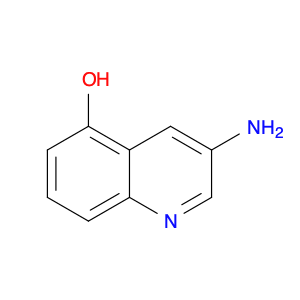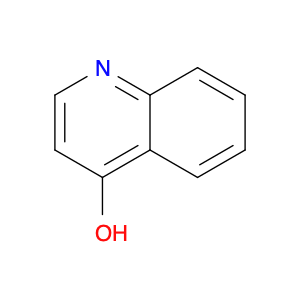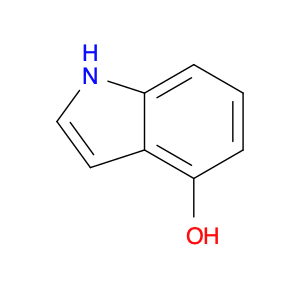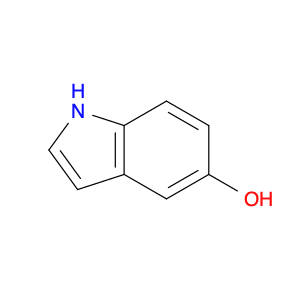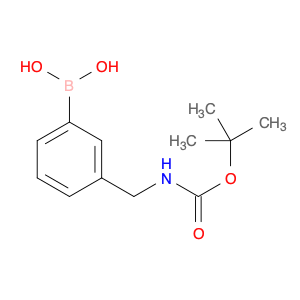Quinolin-7-ol, also known as 7-hydroxyquinoline, is a versatile compound widely utilized in chemical synthesis processes. This organic compound plays a crucial role in various reactions and applications due to its unique structure and properties. In chemical synthesis, Quinolin-7-ol is commonly employed as a chelating agent, facilitating the formation of stable complexes with metal ions. This capability makes it valuable in coordination chemistry and metal-catalyzed reactions.One of the key applications of Quinolin-7-ol is its use as a ligand in transition metal catalysis. By forming metal complexes with transition metals such as palladium, ruthenium, or nickel, Quinolin-7-ol can enhance the selectivity and efficiency of various chemical transformations. This includes processes like cross-coupling reactions, C-H activation, and asymmetric catalysis, where the coordination chemistry of Quinolin-7-ol significantly influences the reactivity and outcome of the reaction.Furthermore, Quinolin-7-ol serves as a precursor in the synthesis of bioactive molecules and pharmaceutical intermediates. Its functional groups enable derivatization for the preparation of diverse compounds with potential pharmacological activities. By incorporating Quinolin-7-ol into molecular structures, chemists can access new chemical entities with tailored properties for drug discovery and development.In summary, Quinolin-7-ol plays a pivotal role in chemical synthesis, particularly in metal-catalyzed reactions and pharmaceutical chemistry. Its ability to coordinate with metal ions and participate in diverse transformations makes it a valuable tool for synthetic chemists seeking to achieve specific molecular designs and functional group transformations.
 sales@aaronchem.com
sales@aaronchem.com






